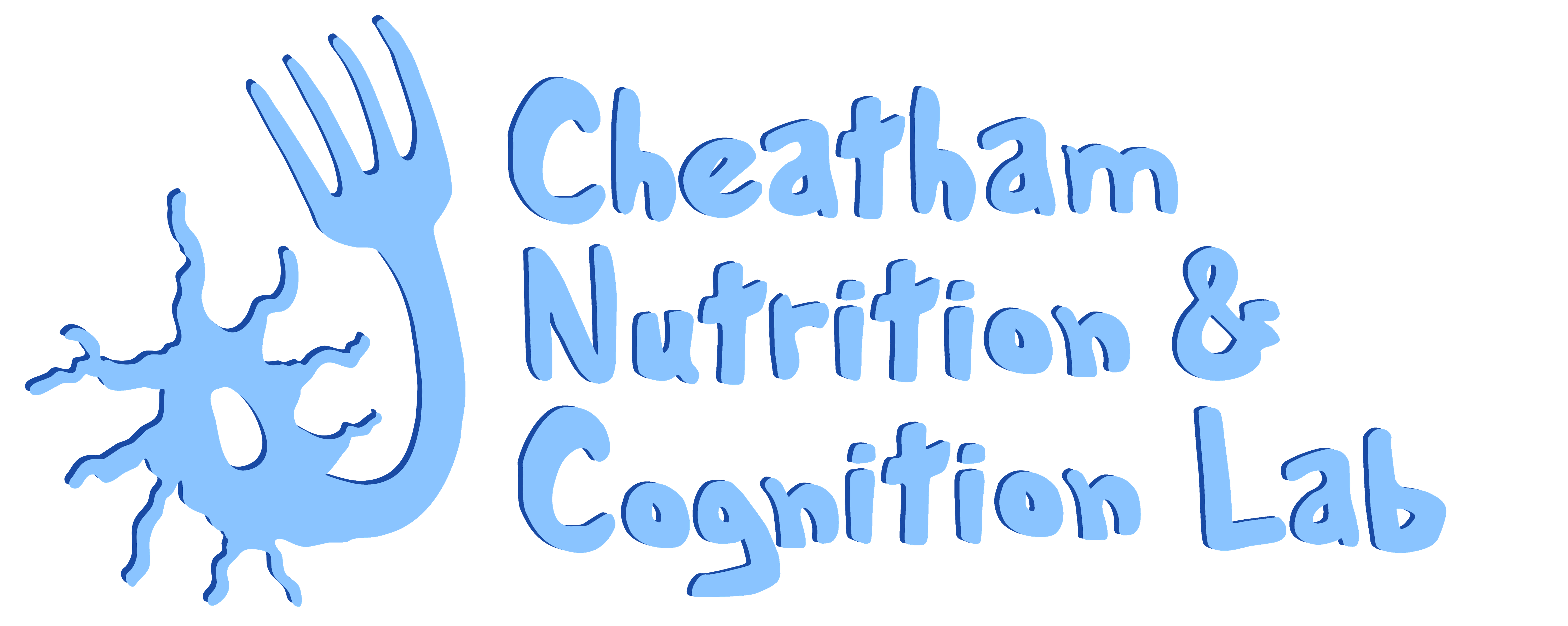 Does the ratio between omega-3 and omega-6 fatty acids matter?
Does the ratio between omega-3 and omega-6 fatty acids matter?
First, a refresher: in the 7-9 year old study, we were looking at whether or not children’s diets affected their performance on a series of computer tests of memory, attention, and planning. We asked all the kids about their diet for three days, and then brought them in to play the computer games. I had a great time with that part! We were particularly looking for the types of fats that the kids consumed (like omega-3 or omega-6 fatty acids), and whether or not that mattered for how they did on the computer tasks. We found that kids who had a lower ratio of omega-6 to omega-3 fatty acids were faster at completing the working memory tasks than kids with a higher ratio. We also found that kids who had a lower ratio of omega-6 to omega-3 fatty acids were faster at completing planning tasks than kids with a higher ratio. Check out the list of sources of omega-3 and omega-6 fatty acids below.
“Kids who had a lower ratio of omega-6 to omega-3 fatty acids were faster at completing the working memory tasks than kids with a higher ratio.”
Previously we found that kids with a lower omega-6 to omega-3 fatty acid ratio were faster at solving the most difficult planning and working memory problems. These problems involved moving colored balls around to match a certain pattern or finding 8 tokens that were hidden in boxes on the computer screen. Finding the tokens was pretty straightforward – a lower ratio meant you solved the problem faster. Moving the balls around the screen was more complicated, though. We found that both how much omega-3 fatty acids you ate AND the omega-6 to omega-3 ratio mattered. These two things interacted. It wasn’t just about having a lower ratio. We found that kids who ate a lot of omega-3 fatty acids (any fish lovers out there?) needed a higher ratio to solve the planning problems the fastest. On the other end, kids who didn’t eat a lot of omega-3 fatty acids needed a lower ratio to solve the planning problems the fastest.
These results show that there could be lots of ways to make the food you eat help your brain. You don’t want the foods you eat to be very unbalanced. Keeping your diet in balance is the best way to feel and do your best. The answer isn’t necessarily the same for everybody.
Listing of Good Sources of omega-3 Fatty Acids (in order of % omega-3)
Flax Seeds
Walnuts
Cloves
Sardines
Romaine Lettuce
Salmon
Mustard Seeds
Tofu
Spinach
Halibut
Collard Greens
Kale
Soybeans
Summer Squash
Shrimp
Scallops
Turnip Greens
Cod
Winter Squash
Brussels sprouts
Raspberries
Green Beans
Tuna
Strawberries
Listing of Good Sources of omega-6 Fatty Acids (in order of % omega-6)
Corn oil
Soy oil
Walnuts
Soybeans
Sunflower seeds
Pumpkin seeds
Tofu
Peanuts
Sesame seeds
Pistachios
Peanut Butter
McDonald's Chicken McNuggets
Almonds
Olive oil
Chicken leg meat only roasted
Peanut butter sandwich cookies (a la Girl Scouts)
Chicken breast meat (only roasted)
Corn Beef
